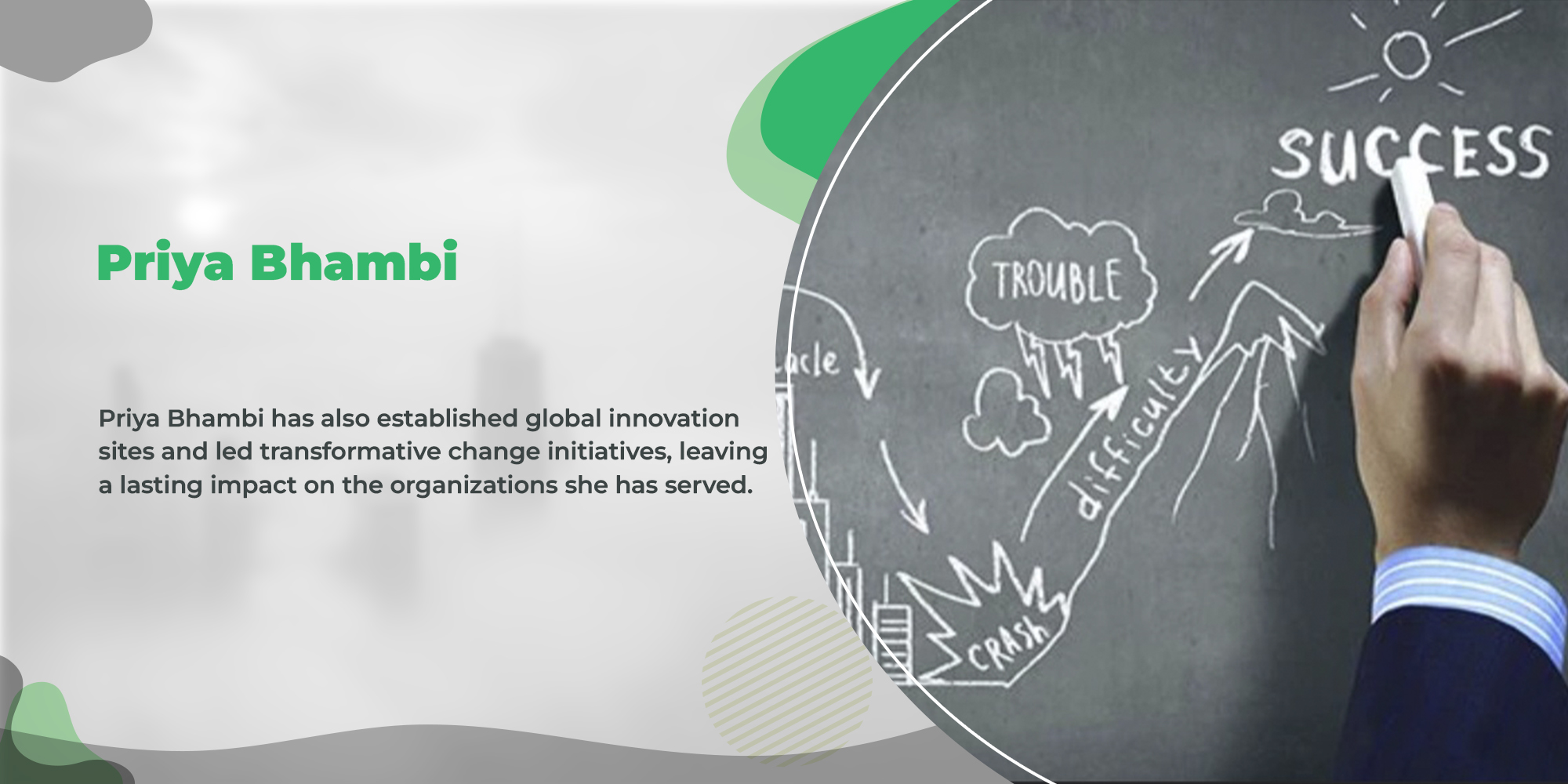
In an era marked by increasing environmental awareness and the imperative for sustainable practices, the role of leadership in fostering ecological responsibility within the workplace has never been more critical. As businesses navigate the complexities of a rapidly changing world, adopting environmentally sustainable practices isn’t just a moral obligation; it’s a strategic imperative. In this article, we delve into the integral role of leadership in charting a sustainable course for organizations and explore actionable strategies for nurturing environmental responsibility at work.
The Leadership Imperative
Leadership sets the tone for organizational culture and behavior. When it comes to environmental responsibility, leaders’ commitment and actions are pivotal. Influential leaders understand that sustainability isn’t just about complying with regulations or appeasing stakeholders; it’s about creating long-term value while safeguarding the planet for future generations.
Setting a Vision
At the heart of leadership’s role in nurturing environmental responsibility lies the ability to articulate a compelling vision. Leaders must inspire and mobilize their teams towards a shared goal of sustainability. This vision should transcend rhetoric and translate into tangible goals and action plans.
Leading by Example
Actions speak louder than words. Leaders who embody environmental responsibility in their behavior demonstrate authenticity and credibility. Whether minimizing waste, reducing energy consumption, or advocating for eco-friendly practices, leading by example fosters a culture of accountability and inspires others to follow suit.
Empowering Employees
Effective leadership empowers employees to contribute to sustainability efforts. By fostering a culture of innovation and continuous improvement, leaders encourage employees to identify opportunities for reducing environmental impact and implementing creative solutions. Empowered employees become stakeholders in the organization’s sustainability journey, driving meaningful change from within.
Integrating Sustainability into Decision-Making
Leadership plays a crucial role in embedding sustainability considerations into strategic decision-making processes. Environmental impact should be a fundamental criterion from product design and supply chain management to resource allocation and investment decisions. By integrating sustainability metrics into performance evaluations and incentives, leaders signal the importance of ecological responsibility and align individual and organizational goals accordingly.
Infusing Sustainability into Decision-Making: A Leadership Imperative
Leadership is critical to seamlessly weaving sustainability into the fabric of strategic decision-making. It’s imperative to prioritize environmental impact at every juncture, from product conception and supply chain orchestration to resource distribution and investment deliberations. By weaving sustainability metrics into performance assessments and incentives, leaders underscore the significance of ecological stewardship, fostering alignment between individual aspirations and organizational objectives.
Collaborating for Impact
Environmental challenges are complex and interconnected, requiring collaborative efforts across sectors and stakeholders. Leadership extends beyond the confines of the organization, encompassing partnerships with suppliers, customers, communities, and policymakers. By leveraging collective expertise and resources, leaders can drive systemic change and amplify the impact of their sustainability initiatives.
Measuring Progress and Accountability
Leadership entails accountability for outcomes. To effectively nurture environmental responsibility, leaders must establish clear metrics and benchmarks for tracking progress. Regular reporting and transparent communication ensure accountability and enable course corrections as needed. Leaders reinforce a culture of continuous improvement and resilience by celebrating successes and learning from setbacks.
Adapting to Change
Change is the only constant in today’s world, and effective leadership entails agility and adaptability. Leaders must adapt to evolving regulations, technology, and societal expectations to future-proof their organizations and seize opportunities for innovation.
Case Studies in Environmental Leadership
Several companies have emerged as trailblazers in environmental leadership, demonstrating the transformative power of visionary leadership in driving sustainability. These organizations showcase environmental responsibility through renewable energy, zero waste, and regenerative agriculture practices.
Leadership is the linchpin of sustainable development; nowhere is this more evident than environmental responsibility. Leaders can guide their organizations towards sustainability and inspire environmental responsibility at work through vision, empowerment, collaboration, and adaptability, leaving a positive legacy for future generations.